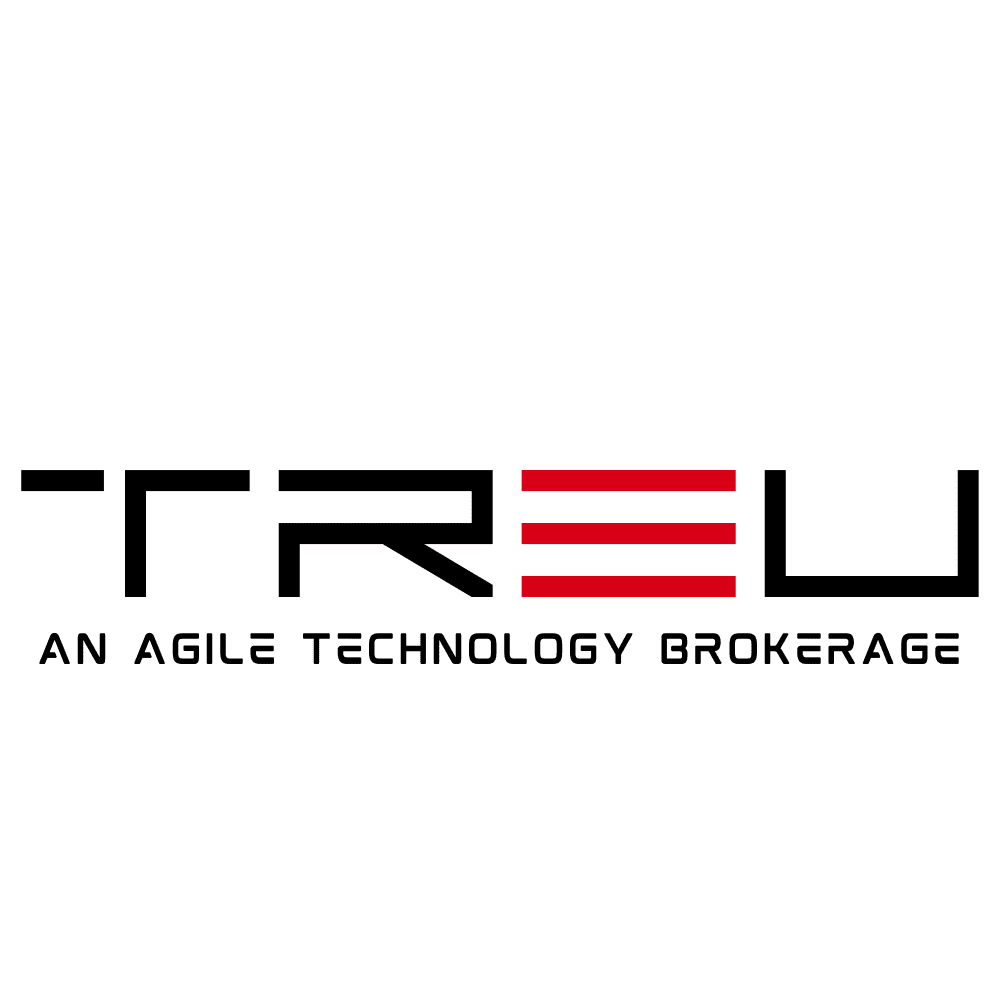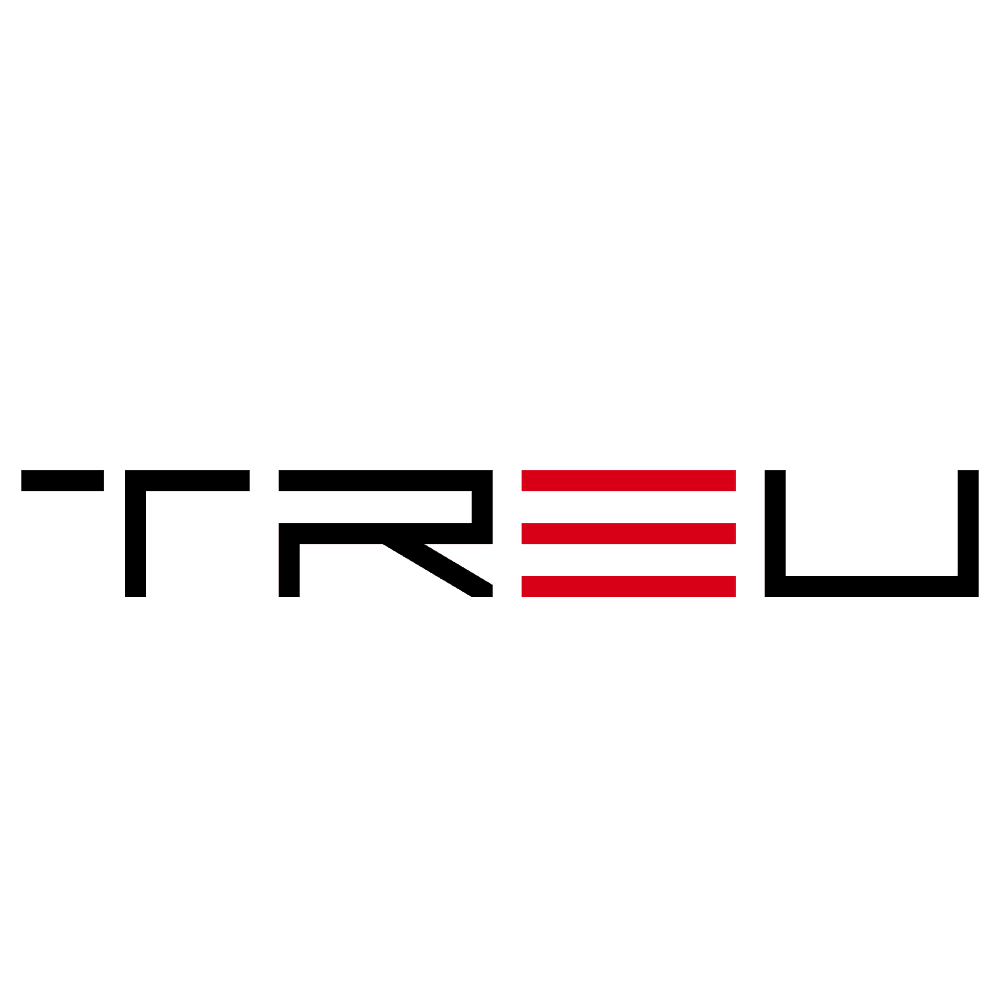# AI Dominates 2025 Tech Trends as Security Becomes a Priority
The relentless march of technology has brought us to a tipping point where artificial intelligence (AI) has become not just a complementary component but the driving force behind some of the most pivotal tech trends for the future. As we look toward 2025, studies, such as those highlighted by O’Reilly’s Tech Trends report, indicate that AI adoption is surging, intertwining closely with cybersecurity—a field that’s becoming an even higher priority. This convergence of AI and security is reshaping the tech landscape and influencing how businesses, developers, and decision-makers approach innovation.
In this article, we’ll explore the rise of AI, its growing importance in security, the need for upskilling in AI-related technologies, and how businesses can capitalize on these trends to remain relevant in the ever-evolving digital world.
—
## **The Surge of AI: Why It’s Leading the Tech Revolution**
AI has transcended its status as mere buzzword fodder to become an integral part of modern technological innovation. From automation to data insights and decision-making, AI is now powering advances across countless industries. According to the O’Reilly Tech Trends report, the appetite for AI development and implementation has grown exponentially over the last decade, eclipsing other technologies in priority.
### **AI’s Growing Applications Across Industries**
Here’s why AI is transforming industries and maintaining its frontrunner status as we approach 2025:
The momentum behind AI adoption is undeniable, but as its influence grows, so too does the potential for risks, particularly in regard to cybersecurity.
—
## **Security as a Strategic Priority in AI-Driven Environments**
The rise of AI doesn’t occur in a vacuum. It exists in a world increasingly plagued by data breaches, cyberattacks, and identity theft. With more businesses relying on AI algorithms and systems to automate and store sensitive data, the potential attack surface for malicious actors has expanded dramatically.
### **AI’s Role in Cybersecurity: A Double-Edged Sword**
While AI serves as a tool to bolster cybersecurity defenses, it’s also being weaponized by hackers. This dual role highlights both the potential and the risks:
Companies must now navigate this tightrope—harnessing AI’s security-enhancing capabilities while simultaneously guarding against threats from AI-powered adversaries.
### **Regulatory Pressures and Trust Issues**
As AI integrates deeper into sensitive industries such as healthcare and finance, regulatory bodies are tightening their oversight. Compliance has become critical for businesses adopting AI technologies, and trust in these systems is paramount. Without transparent algorithms and bias-free solutions, companies risk alienating customers and damaging their reputations.
This leads us to another critical aspect: skill gaps in AI-related expertise.
—
## **AI Upskilling: Preparing the Workforce for 2025**
Although AI adoption is surging, widespread implementation is hampered by a significant challenge—the lack of skilled professionals. Developing and deploying AI applications requires expertise in machine learning, neural networks, data engineering, and more. According to the O’Reilly report, there is a noticeable skills gap, particularly in areas related to AI and security.
### **Why AI Skills Are Essential**
The rapid evolution of AI demands reskilling and upskilling across the workforce. Here are some reasons why AI knowledge has become indispensable:
### **Addressing the Skills Gap**
Organizations and individuals alike are stepping up to meet this demand. Online learning platforms, such as O’Reilly, are offering courses and certifications tailored to AI and related disciplines. Additionally, companies are investing in internal training programs to ensure their teams are equipped with the necessary technical know-how.
—
## **How Businesses Can Harness AI and Security Trends for Success**
For businesses eyeing long-term viability, embracing AI and elevating security protocols are no longer optional—they’re imperative. But how can organizations strike the right balance and thrive?
### **Key Strategies for Leveraging AI and Security Innovation**
By weaving AI and cybersecurity seamlessly into their operational fabric, companies can not only future-proof their businesses but also gain a competitive edge in increasingly digital environments.
—
## **Conclusion: A Future Defined by AI-Driven Security**
As 2025 approaches, AI is set to dominate the tech landscape, with applications that revolutionize industries while also presenting unprecedented cybersecurity challenges. To thrive in this AI-driven future, companies must adopt a two-pronged approach: embracing AI innovation while fortifying their defenses against emerging threats.
The technological revolution is no longer coming—it’s here. The question for businesses and professionals is whether they can innovate, adapt, and secure their digital assets fast enough to ride the wave.
Investing in AI expertise, cultivating cybersecurity skills, and embracing the agility to pivot with the changing tides of technology are the cornerstones of success in the years to come. Those who do so effectively will not only stay afloat but dominate the new digital reality.

